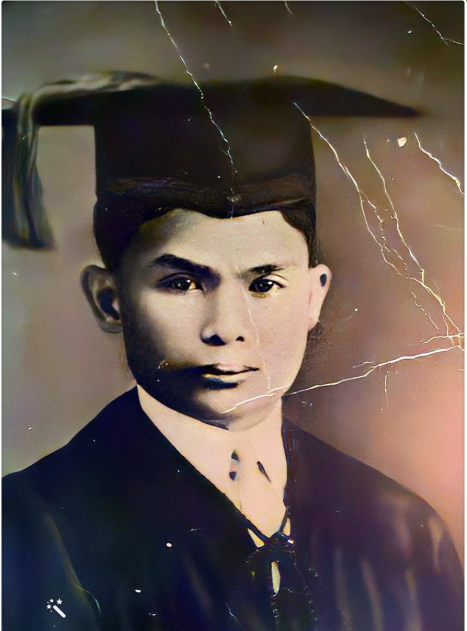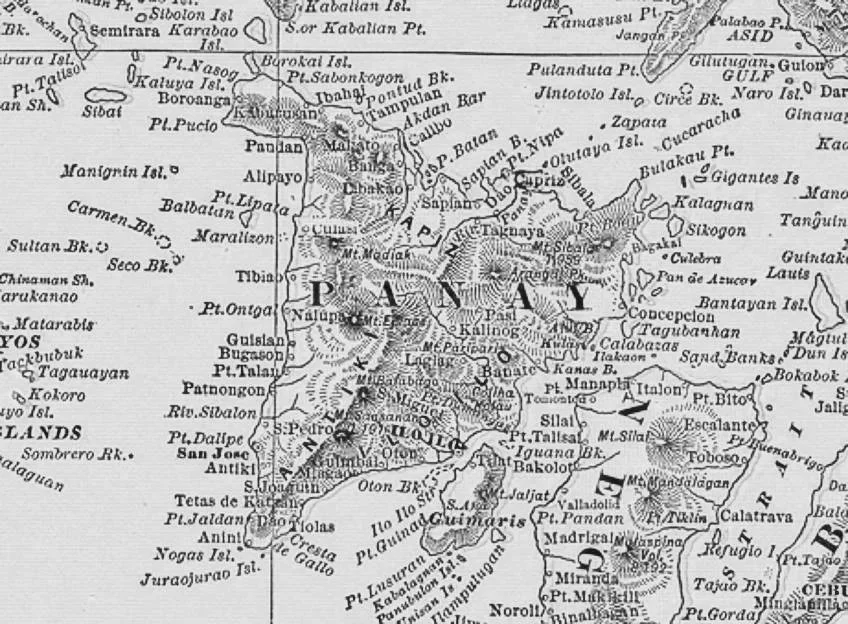The Storyline
"Real families.Real discoveries.Real stories."

The Property War: A Mill Worker's Legal Victory That Still Protects Families
Emma divorced Thomas on October 18, 1907. Five days later, she married another man in Indiana.
Five. Days.
She literally fled across state lines to remarry as quickly as possible, using Indiana's "quickie marriage" laws like a 1900s version of Las Vegas. Meanwhile, Thomas was left financially ruined, homeless, and owing $4 every week in child support – equivalent to $150 weekly in today's money.
But Thomas had a secret weapon: his mother Kate, who loaned him $400 in 1911 to buy a cottage in Riverside, Illinois. It seemed like a fresh start. Then came the deal that would change everything.
In 1914, Thomas and Emma thought they were being clever. He'd pay her $25 cash and deed his property to a friend "in trust" for their son Thomas Eugene. She'd give up all future child support claims. Everyone wins, right?
Wrong.
Ten years later, Emma filed a shocking lawsuit demanding $2,500 in "unpaid" child support – despite their agreement. She wanted to seize Thomas's cottage to satisfy the debt. What followed was a four-year legal war that went all the way to the Illinois Supreme Court, creating precedent that still protects homeowners today.
This isn't just another property dispute. This is the story of how one working-class father's promise to his son became a legal victory that would protect countless American families for generations...
Part of the Storyline Genealogy series: Uncovering the dramatic human stories behind legal history, one family at a time.

How Technology Solved a 70-Year Philippine Genealogy Mystery
Have you hit a brick wall researching your Filipino heritage? The Tamayo family case study reveals how breakthrough technology transformed a 70-year genealogy mystery into a complete family saga. Learn how FamilySearch's revolutionary Full Text Search uncovered property records, marriage documentation, and financial strategies that traditional databases missed entirely.
Part of the Storyline Genealogy series. When traditional genealogy databases fail to yield results, cutting-edge search technology uncovers the hidden records that transform research dead ends into comprehensive family sagas.

From Agtawagon Hill to Hollywood: Three Generations of the Morales Family
There's a photograph from 1968 that captures pure joy: a young lawyer and his dietician bride at their wedding reception. But what it doesn't show is the weight this man carried—the memory of a father who disappeared on a Philippine mountainside in 1942, carrying rice. This is the story of three generations of the Morales family, spanning from wartime Aklan to the stages of Paris Fashion Week.
Storyline Genealogy: Three generations. Two countries. One unforgettable journey from sacrifice to stardom.

The Story of Mamerto Morales and Agtawagon Hill
How one family's tragedy during World War II reveals the hidden connections between individual lives and the sweeping currents of Philippine history
A 1939 graduation photo holds the key to a family tragedy that unfolded on the very hillside named after the victim's own ancestors. When Japanese forces invaded the Philippines in 1942, notary public Mamerto Morales fled with his family toward Agtawagon Hill in Barangay Morales—land bearing his family name. His final act of carrying rice up the mountain to save his children reveals how individual stories illuminate the broader sweep of Philippine history. This case study demonstrates how genealogy research becomes storytelling when colonial records, wartime testimony, and family memory converge to honor the forgotten heroes of World War II.
Part of the Storyline Genealogy series: Where individual family tragedies illuminate the broader sweep of history.

Captain Lucas: The Land Builder
Discover how Captain Lucas Gonzales built a lasting family legacy in colonial Philippines through strategic land acquisition, surviving Spanish rule, revolution, and American occupation from 1835-1928.
Part of the Storyline Genealogy series. When historical titles hint at broader stories, comprehensive research reveals how military leaders transformed their service into community building and economic development.
